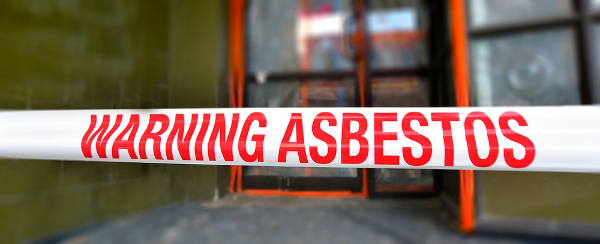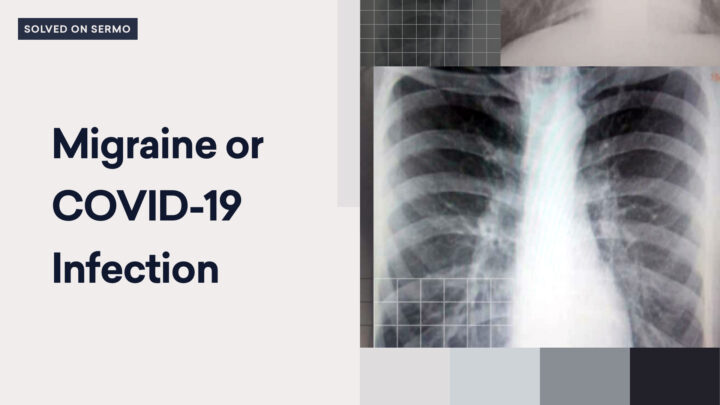
Sermo has partnered with the Mesothelioma and Asbestos Awareness Center to help spread the word and increase awareness about the modern-day dangers of asbestos exposure that still linger in our environments.
While lung cancer is one of the leading causes of death in the United States, the cancer’s symptoms are strikingly similar to another deadly respiratory disease: mesothelioma.
Though it is a rare cancer with roughly 3,000 new cases a year, the CDC recently published a report showing an increase in mesothelioma mortality rates between the years 1999–2015. This number is expected to continue to rise because of the long latency period of 10–50 years from initial asbestos exposure to the first appearance of mesothelioma symptoms.
To put the timeline into perspective, it has been nearly 50 years since researchers made the correlation between certain workers such as shipbuilders, contract workers, and others that worked with asbestos and their “notably higher risk” of contracting lung cancer, more specifically mesothelioma. Even with this linkage, it took almost another decade before companies that used asbestos went out of business, and it was not until 1976 that asbestos first became more regulated. Today, asbestos is still only partially banned in most products, with the exception of those that have historical use. These gaps in time left room for more incidents of prolonged exposure whether in the home or at work, despite more strict regulations to curb the use of the toxin.
Symptoms of mesothelioma are nonspecific and can be confused for other ailments like lung cancer or even the flu. This means if your patient is talking about chest pain, shortness of breath, or difficulty swallowing, there’s a chance they could actually have pleural mesothelioma, which impacts the lining of the lungs.
Ask your patients if they have any knowledge of asbestos exposure in their past. Exposure could occur through their work, as it’s estimated over 120 million people are exposed on the job each year. Some patients can also face exposure from their home. Historical homes or any home built before 1980 is highly likely to contain asbestos. This can become a danger for homeowners if there are signs of deterioration, which could mean disturbed asbestos.
In some cases, patients may have been exposed through second-hand exposure, meaning a loved one could have unknowingly brought fibers home on their clothing. Since they would likely be more unaware of this exposure, it might help to ask your patient about their family members’ work and if they ever potentially came into contact with asbestos.. Gathering as much information as possible as to what could be causing their symptoms can help determine if a biopsy is needed. This can also lead to an earlier diagnosis and more available treatment options for those patients who do have mesothelioma.
Are you a physician? Login or join Sermo to read more from the MAA and participate in this conversation.



